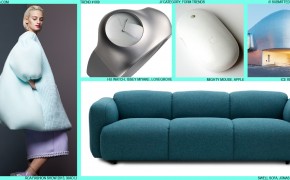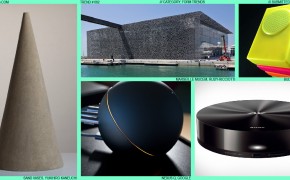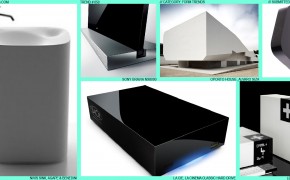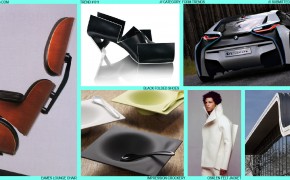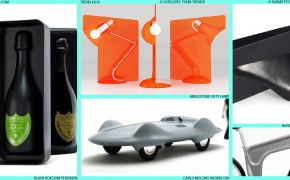BLOBJECTS
The term Blobjects was coined in the 1990’s to represent an emerging trend in product design. Blob-Objects were increasingly finding favor with designers who were empowered by the ability of new 3D CAD software to sculpt and deform organic shapes. This most likely emerged as a counter to the more...
Read more
